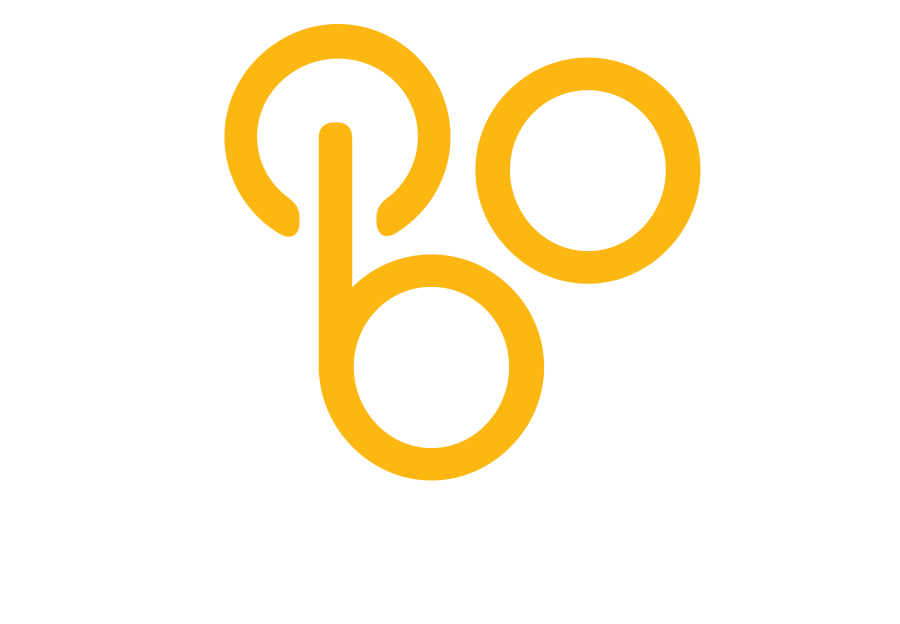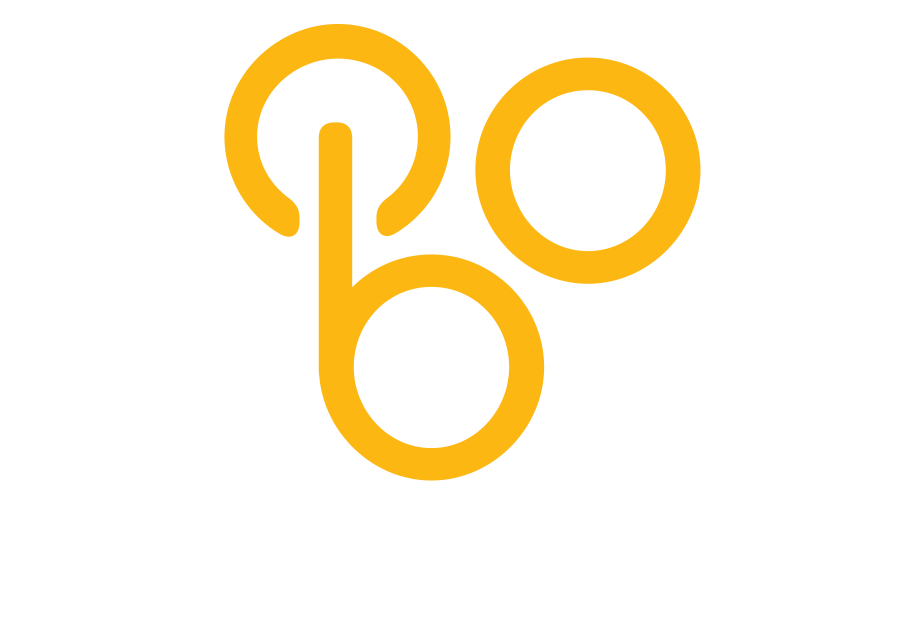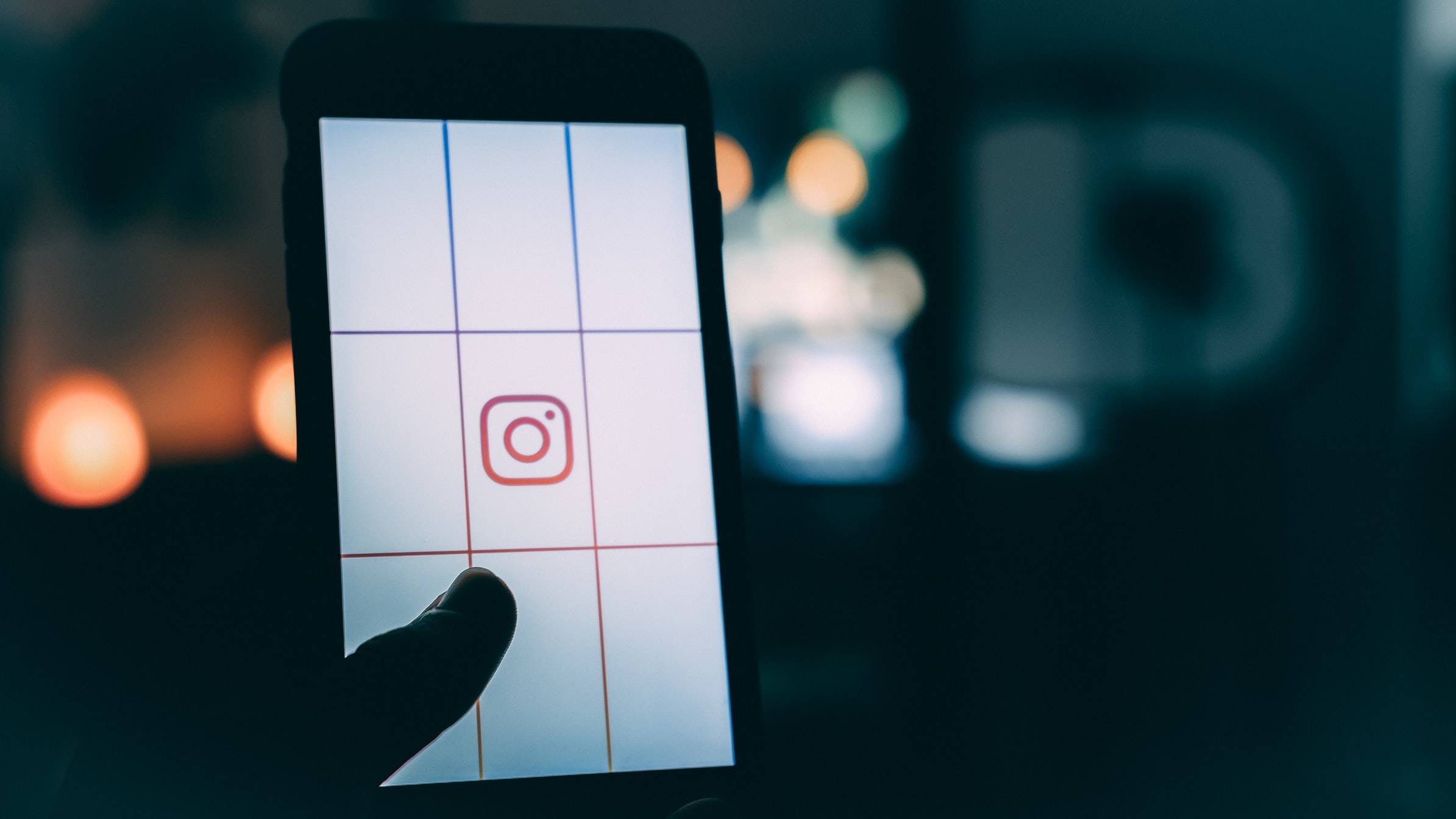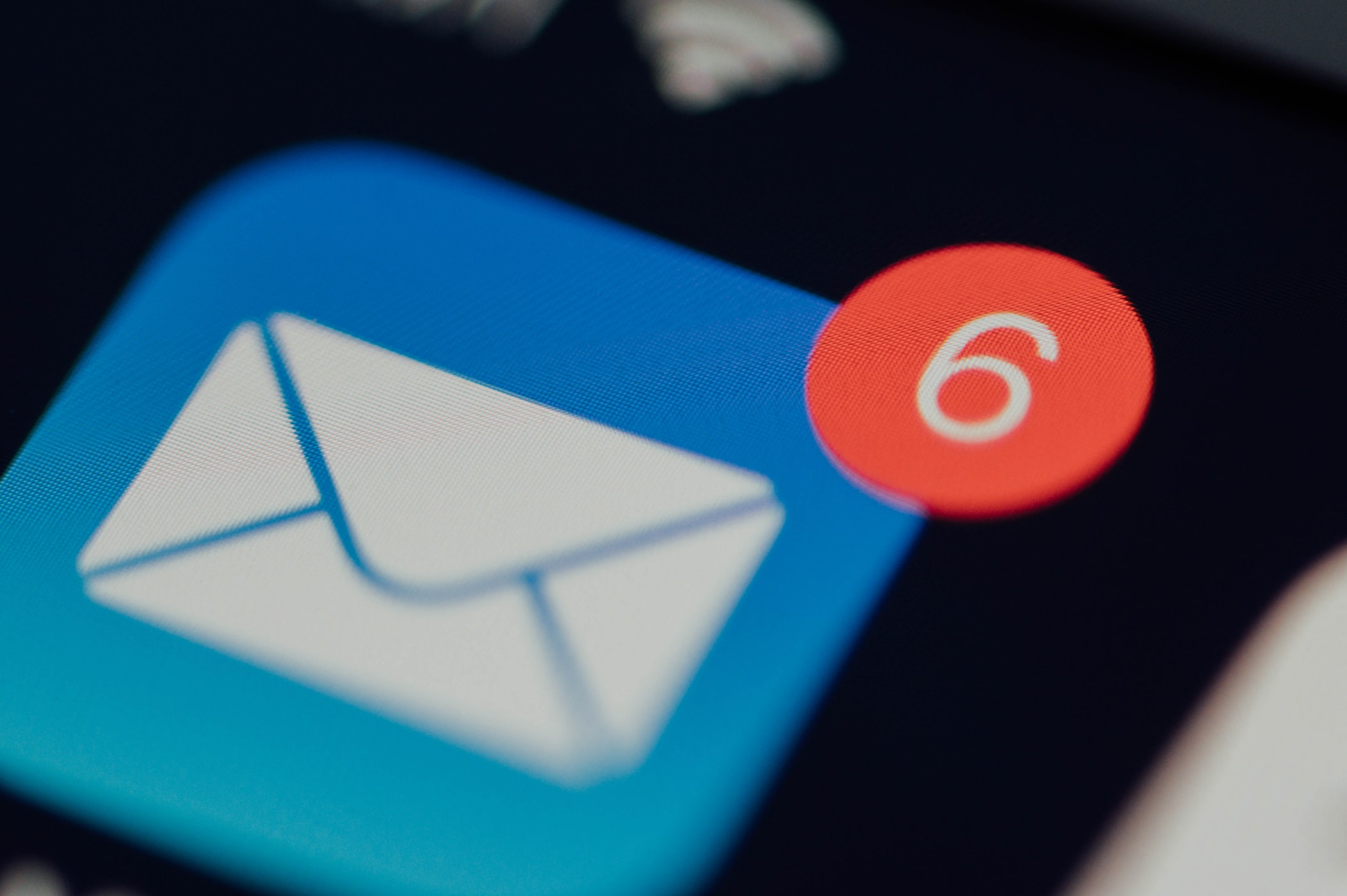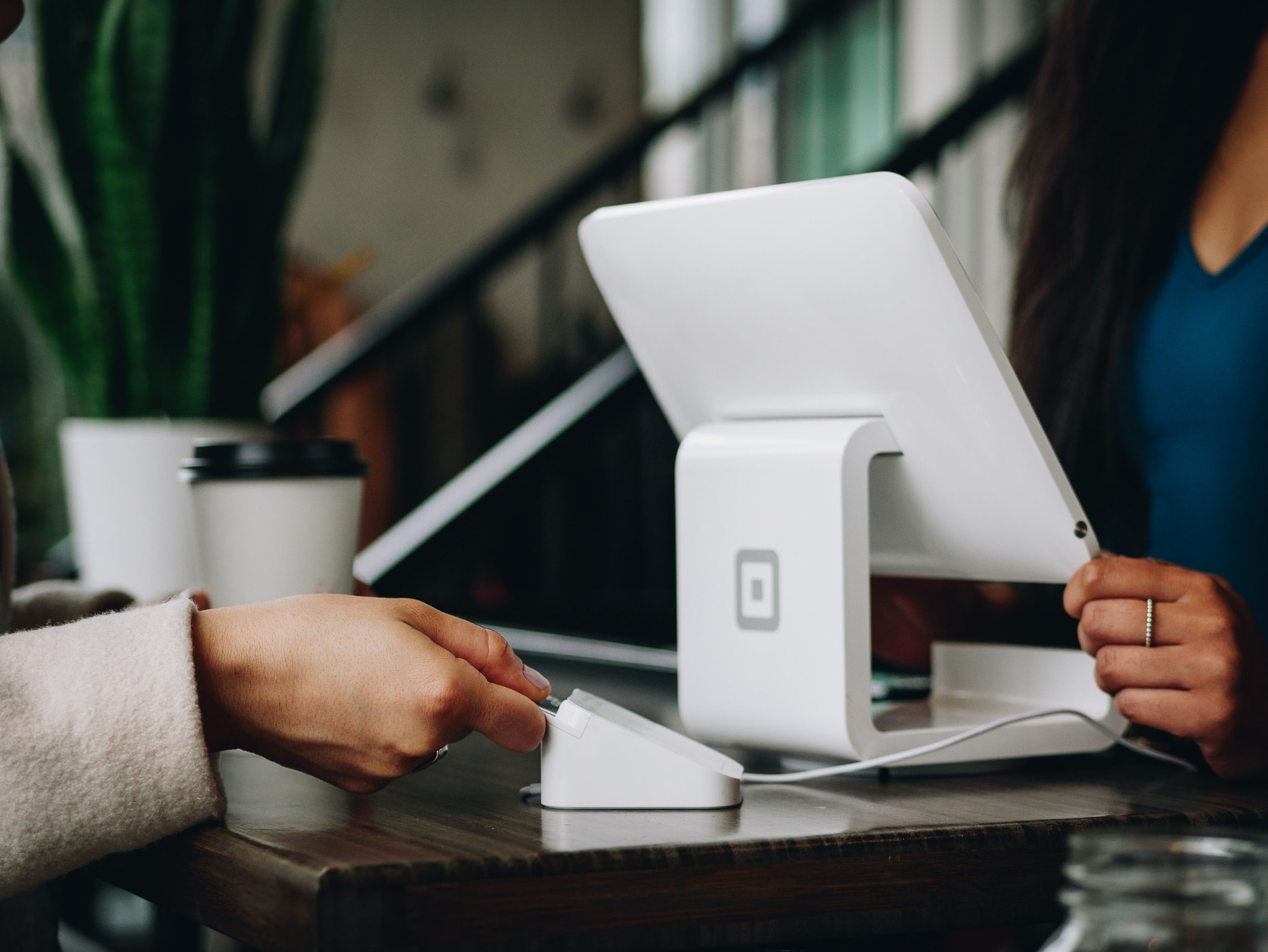What is a logo?
Logo design is the bread and butter of the design industry, and the best logos of all time have been hotly debated for years. But what defines a truly iconic logo, and has that changed over time?
Of course, modern branding goes far beyond the design of a quality marque – and there are many different elements at play, from colors and use of typography to the style of art direction and tone of voice.
There are some brands so strong they don’t need a logo, as their other elements are so distinctive and well-established – but of course, they do still have one.
Most of the heavy lifting.
A logo is important for a number of reasons – mainly being that it:
- Makes a great first impression, which invites customers to interact with your brand
- Helps you to create a brand identity
- Gives your company a symbol through which people can better remember you
- Distinguishes you from competitors
- Fosters brand loyalty
So, creating a logo should clearly be high on your list of priorities when starting a business. But why do most business owners refuse to invest in design?
Why do logos matter to the world?
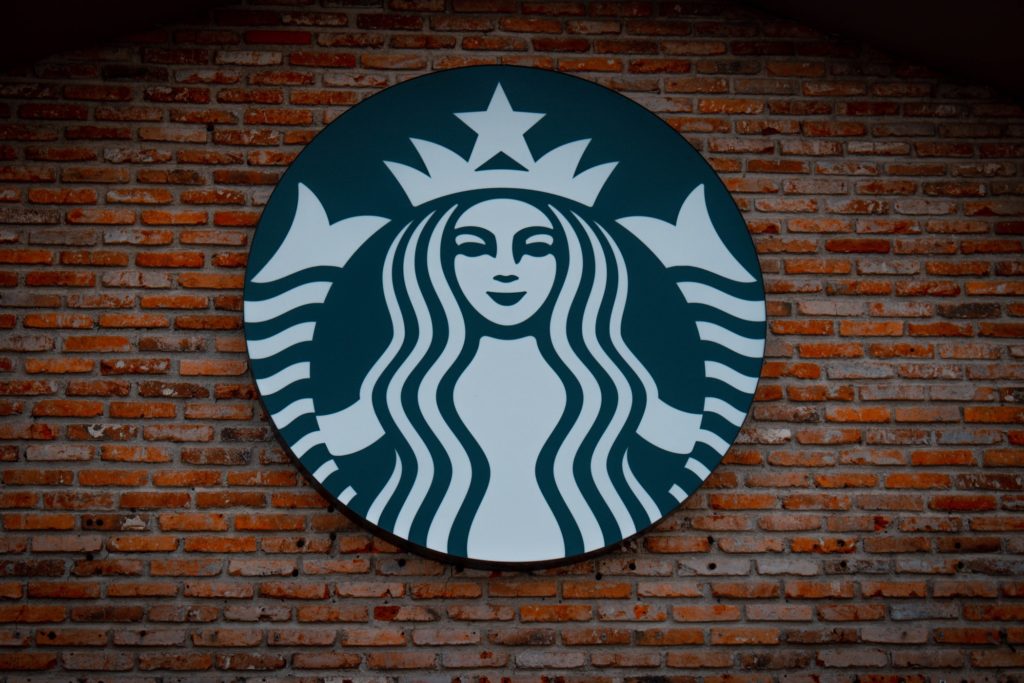
When you picture business in your mind, you often immediately picture the logo, be it the golden arches of a famous fast-food company, or the apple with the bite out of it representing one of my favorite technology brands.
Likewise, when you see a logo you’re familiar with, as you did with the Nike and Apple logos above, you’ll immediately associate it with your memories, experiences, and interactions with the brand.
Establish Instant Brand Recognition

A well-designed logo will be memorable, helping customers to remember the brand.
Shapes and colors are easier for the human brain to process and memorize than words are. This means that if the identity is unique in the marketplace it’s easy to find and identify the company once again to purchase its services, and to recommend to friends.
Logo design influences our decisions
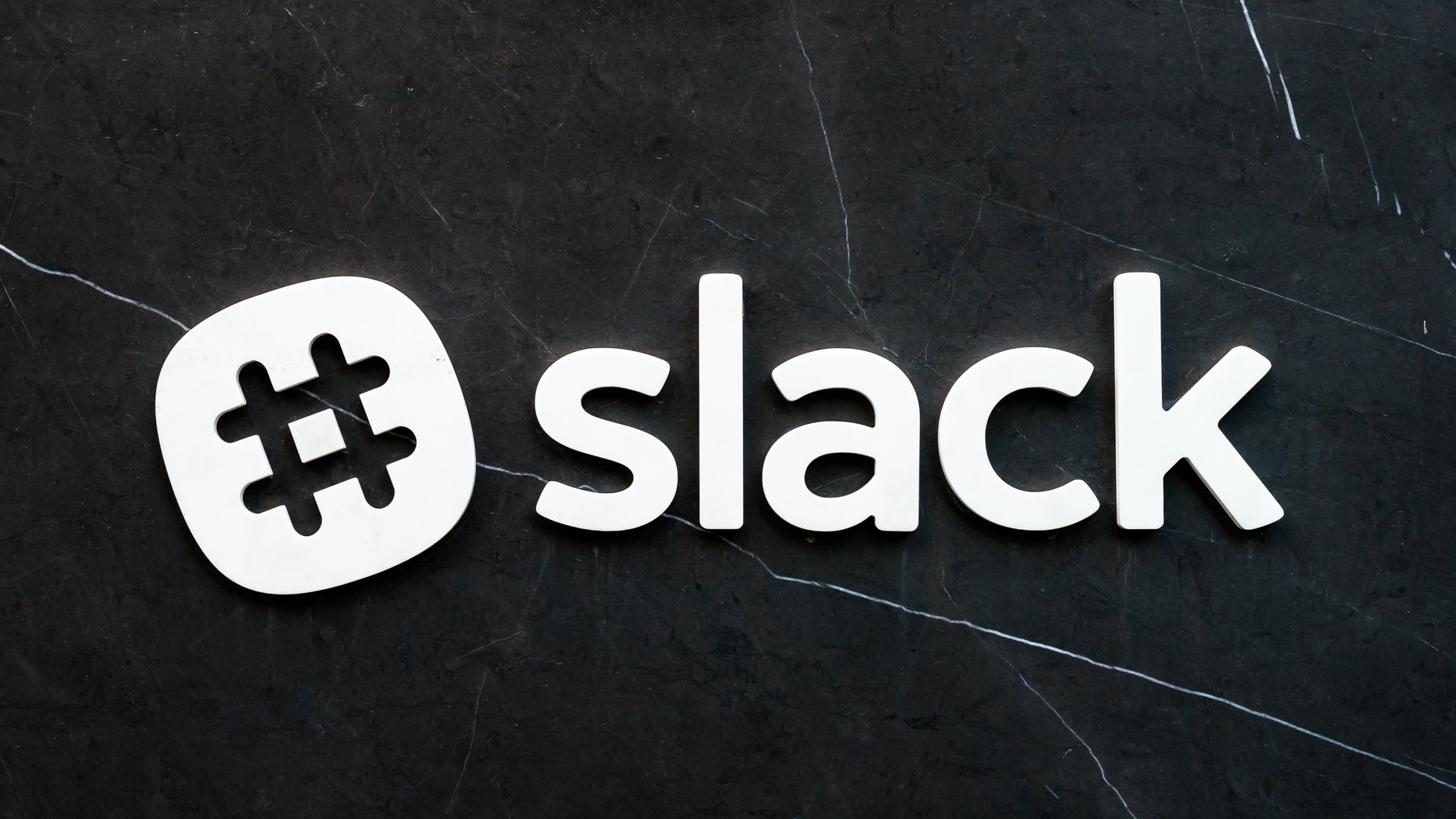
If you look at the Create Build Optimize logo, we build up a visual library in our mind and begin to associate fonts, shapes, and colors with specific emotions and objects.
By simply looking at a logo, like it or not we will immediately make judgments, and perceive a business, product or service in a certain way.
If we think a company looks too expensive, too corporate, too fun, or too radical we will avoid it. Likewise, if the logo (and the associated brand identity) looks like the type of company, products or service we’re looking for, and wish to be associated with, we will actively engage with the company and buy its products and services.
This is why it’s essential the logo correctly represents the business, as you want to attract the right audience.
The logo forms expectations of the company, and if it fails to meet those, or if the business attracts the wrong people things will start to go downhill – wasted time and money serving people that won’t become customers, and potentially even bad reviews from disappointed customers… getting the logo right matters.
Create a Good first impression
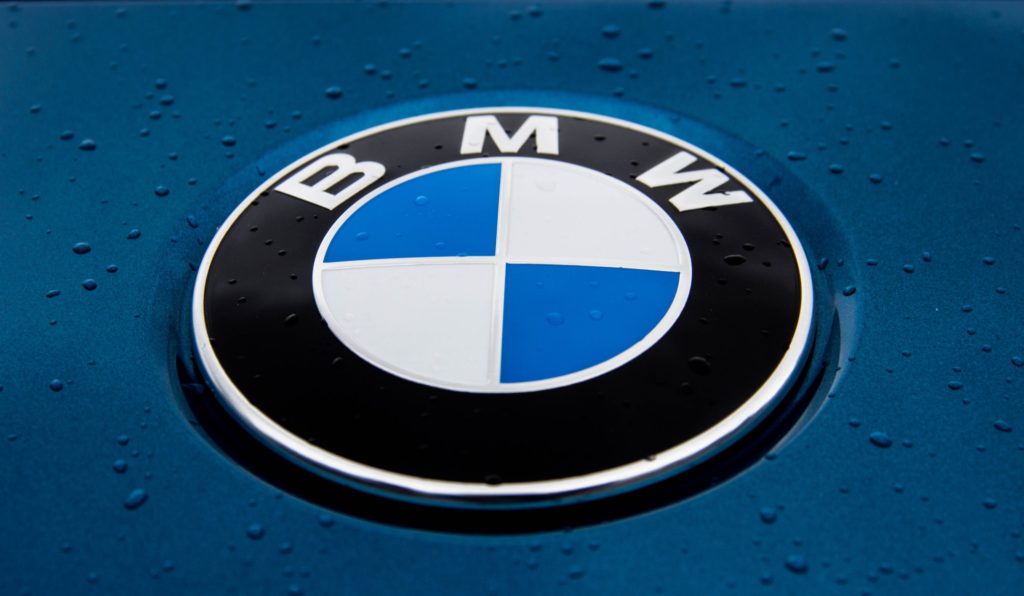
With so many businesses in the world, a company has one chance to impress and attract. If the logo design fails to impress onlookers in today’s internet-driven world it’s very easy to go elsewhere.
Some business owners go down the DIY route, or use low-cost amateur designers, not understanding how damaging poor design can be for them when first impressions matter so much.
I love the saying ‘there’s nothing more expensive than cheap design’ – it sums up the losses the company is causing by accepting the cheapest and quickest route.
Communicate brand values & additional meaning
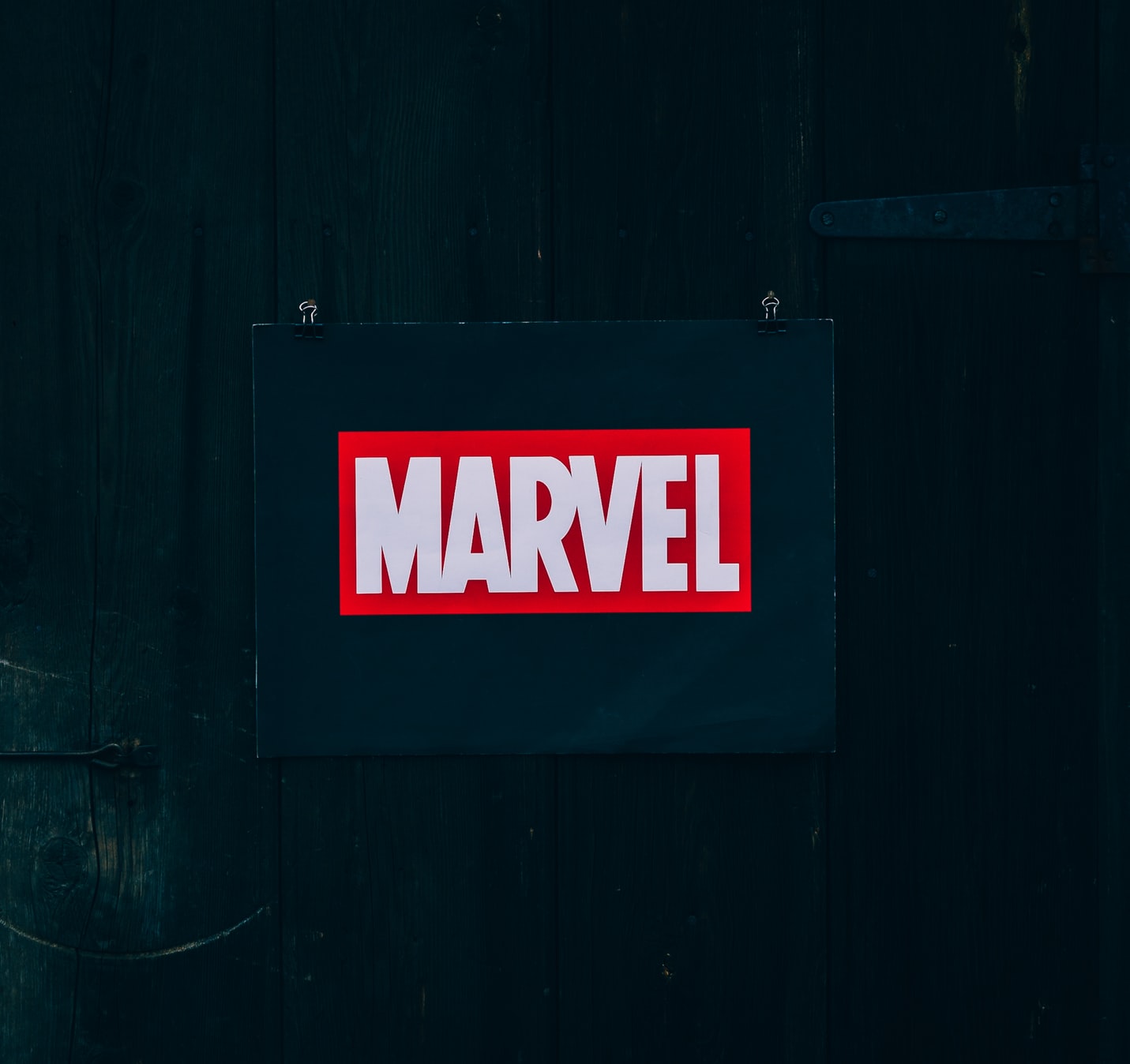
This is particularly true for wordmark logos (logos that consist of text only) but applies to every design style.
If your target audience is forced to decipher what your logo means, they’ll be gone faster than you can say “conversions.” Make sure your logo can be easily understood from just a glance.
It should be distinct.
Drawing inspiration from industry trends is always a good starting point, but remember that the goal of a logo is to differentiate your brand from the competition.
Distinct = memorable, and that’s what will remind customers why your brand is the one in the industry that they should be loyal to.
It should be scalable.
I mentioned this above, but it’s important enough to emphasize again.
Your logo will be placed prominently across several media channels, and in varied sizes; because of this, the best logos are versatile logos – ones that can easily be scaled to fit any branding need you may encounter.
Let’s take a few examples of iconic logos and discuss how they get the job done.
 McDonald’s
McDonald’s
These yellow arches would be recognized from a mile away – which is the point. Originally meant to capture the attention of passers-by, McDonald’s built their stores around these arches, which they later incorporated into their logo.
The colors are bright and happy, and the shape of the “M” reminds you of those famous, Mickey D’s fries – the ones you just can’t wait to get your hands on.
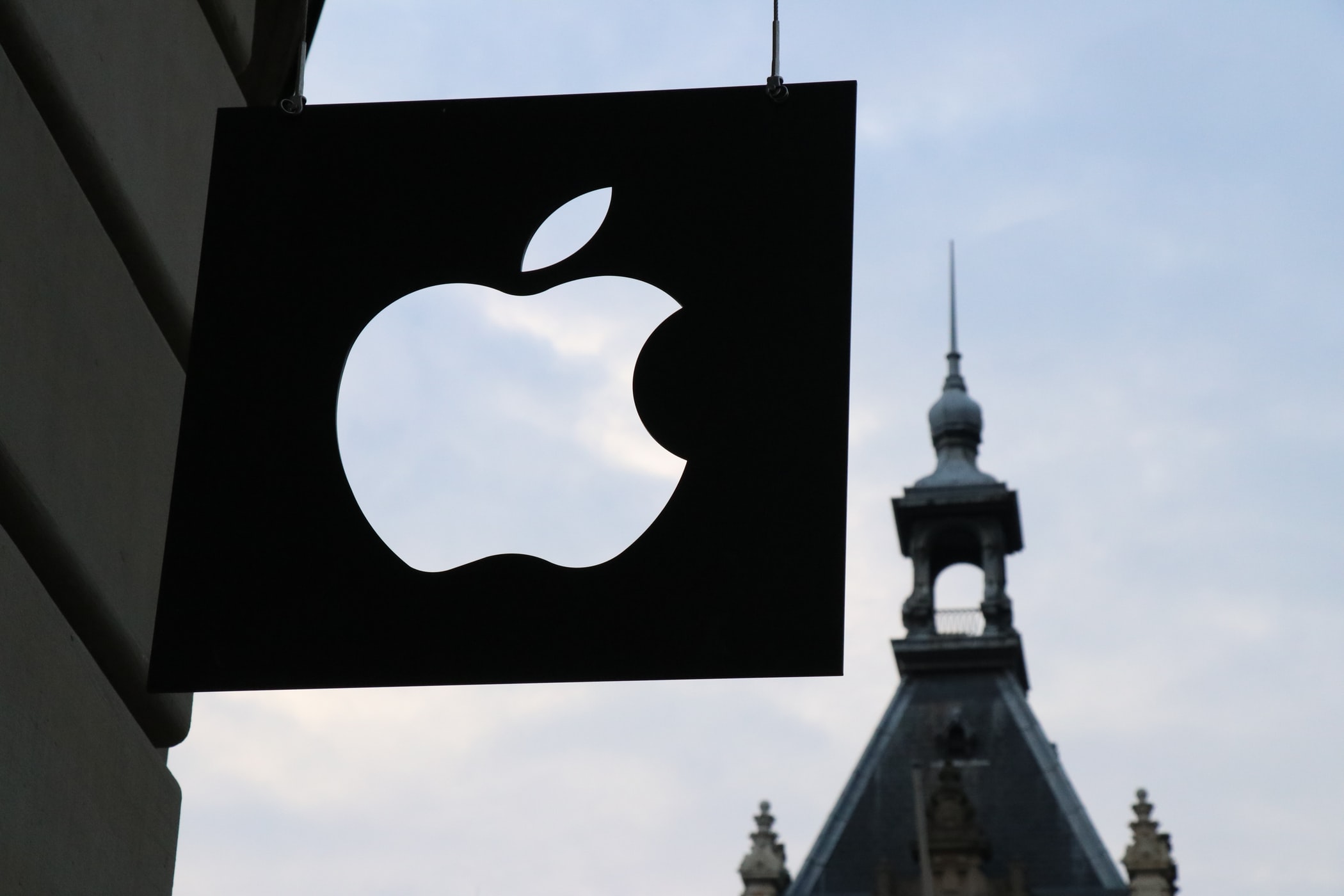
Apple
We couldn’t mention our favorite techies, whose classic yet simple logo has become globally recognized as a symbol of innovation and panache.
Like Twitter’s logo, the Apple icon is uncomplicated – but rather than representing an action, it stands for the name of the digital corporation. Its black and white palette is sleek, and the bite was taken out of the fruit both invites customers to “eat the apple” (engage with the brand) and plays on the word “byte” – a foundation of computing. Not bad for a mere icon!
Different Uses for a Logo
The first rule of branding: Logos should be placed anywhere your product, company, and brand are represented.
Websites – Displaying your logo at the top of your site increases your brand visibility and instantly tells consumers who they’re visiting.
Business Cards – Your branded (read: with logo) business cards are an excellent way to get your name out there and give your customers a tangible way to remember you.
Social Media – This is one of the big components where any business brand can spread and get awareness nowadays.
Marketing Materials – Ads, brochures, product packaging, social media posts, newsletters – any time you create a marketing tool or material, your logo should be standing at attention.
Presentations – On the business side, your presentations should always include a clear indication of the brand you represent – symbolized by your logo.
Company Communications – Including logos in letters, emails, memos, and other communications reinforce your brand – not only for customers but also for your employees – ultimately connecting your company culture with the brand representing it.
Choosing a logo for your business
Finding your font
Typography is an important element of design. It not only communicates the name of your company but also its personality. Many companies link their brand’s font directly to profits.
Find a representation of your brand
A shape, an icon, a representation of your brand is vital to the creation of your logo.
Colors
The color of your logo is essential to your business success, and how it influences your prospects. Here is some stuff about psychology and design.
Blue – Trustworthy, dependable, professional
Red – Excitement, youthful, bold, urgency
Purple – Royalty/luxury, creativity, imagination
Orange – Friendly, welcoming, cheerful, confidence
Yellow – Happiness, optimism
Green – Peaceful, balance, growth
White – Simplicity, clarity, purity
Black – Classic elegance, powerful, fearful
Make the right decision is vital to your companies success and can assist in getting more business and making more money.
For your free creative brand and marketing audit schedule a call here, Stay connected with us on Social Media – Facebook, Instagram, and YouTube
